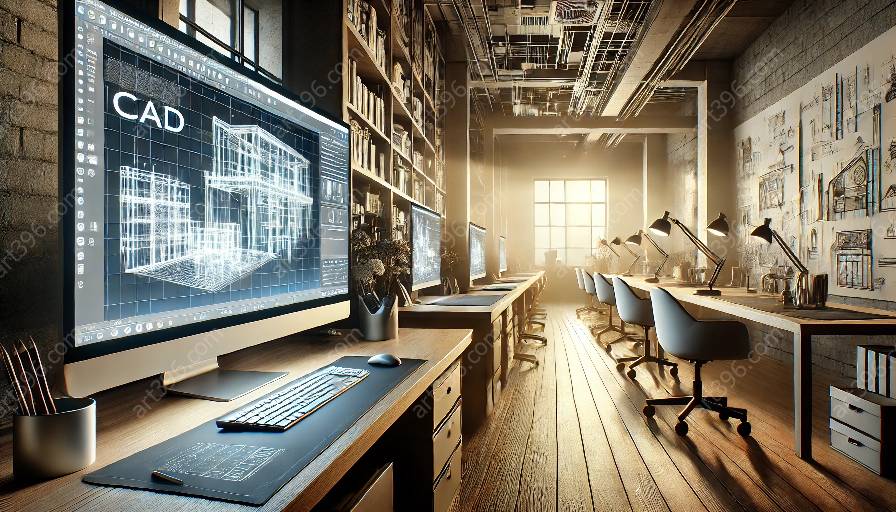Building Information Modeling (BIM) is a digital representation of the physical and functional characteristics of a building. It is a collaborative process that allows multiple stakeholders, including architects, engineers, and construction professionals, to work together on a single coherent model. BIM has transformed the way architectural design is approached, impacting the entire lifecycle of a building from its conception to demolition.
BIM not only enhances the efficiency and accuracy of architectural design but also improves collaboration and communication among various project stakeholders. This technology has increasingly become an integral part of architectural practice, with its influence extending to computer-aided design (CAD) and overall architecture.
The Evolution of BIM in Architectural Design
Architectural design has evolved significantly with the introduction and widespread adoption of BIM. Traditionally, design processes were largely manual, involving 2D drawings and physical model making. However, the advent of BIM has shifted the paradigm towards a more integrated and data-driven approach. BIM enables architects to create and manage digital representations of the physical and functional characteristics of a building, allowing for precise visualization and analysis of design elements.
Furthermore, BIM facilitates the coordination of various design disciplines, such as structural, mechanical, and electrical engineering, enabling a more integrated and holistic approach to architectural design. The interoperability of BIM with CAD tools has streamlined the design process, providing architects with powerful capabilities to create, simulate, and analyze complex building systems.
Compatibility with Computer-Aided Design (CAD) in Architecture
Computer-aided design (CAD) and BIM are closely related, with CAD often serving as a foundational tool for creating detailed designs within the broader BIM framework. While CAD focuses primarily on creating 2D and 3D geometric representations, BIM encompasses richer data about building components, materials, and performance characteristics, facilitating a more comprehensive understanding of the built environment.
Architects use CAD tools for creating detailed floor plans, elevations, and sections, which can then be integrated into the BIM model to provide a detailed view of the building's overall design and performance considerations. The interoperability of BIM and CAD tools allows architects to leverage the strengths of both approaches, merging geometric precision with data-rich modeling capabilities.
The Impact of BIM on Architectural Design
BIM's impact on architectural design spans various aspects, including design visualization, analysis, documentation, and construction coordination. The key areas where BIM has reshaped architectural practice are:
- Design Visualization: BIM enables architects to create immersive and realistic 3D visualizations of their designs, providing clients and stakeholders with a more comprehensive understanding of the proposed building.
- Analysis and Simulation: BIM supports advanced analysis and simulation tools, allowing architects to evaluate the performance of design elements such as energy efficiency, daylighting, and structural integrity.
- Documentation and Coordination: BIM automates the generation of construction documentation, reducing errors and streamlining the coordination of building systems.
- Collaboration and Communication: BIM fosters improved collaboration among project stakeholders by providing a centralized platform for sharing and coordinating design information.
Benefits and Challenges of Implementing BIM in Architectural Practice
The adoption of BIM in architectural practice offers numerous benefits, such as improved design coordination, reduced rework, enhanced decision-making, and better-informed project delivery. However, it also presents challenges related to initial implementation costs, training, data management, and interoperability issues with legacy systems.
Despite these challenges, the long-term advantages of BIM implementation outweigh the initial hurdles, leading to more efficient and sustainable architectural design practices.
Conclusion
Building Information Modeling (BIM) has revolutionized architectural design, offering architects unprecedented capabilities for creating, visualizing, analyzing, and documenting building projects. The compatibility of BIM with computer-aided design (CAD) has further enhanced the design process, empowering architects to integrate geometric precision with data-rich modeling for a more holistic approach to architecture. As technology continues to advance, the impact of BIM on architectural design will only continue to evolve, shaping the future of the built environment.









































